

Ryegrass is an important food for cattle, but it is also a favourite food of competing insects. Can biological control offer a solution? What's so special about ryegrass? Ryegrass is an important ...
READ MORE
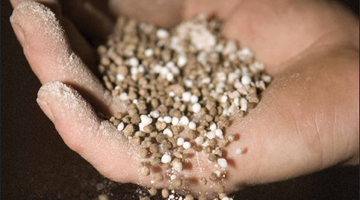
Dr Richard McDowell from AgResearch at Invermay is concerned about phosphorus being lost from the soil and causing water pollution via eutrophication. Phosphorus – necessary in small doses ...
READ MORE
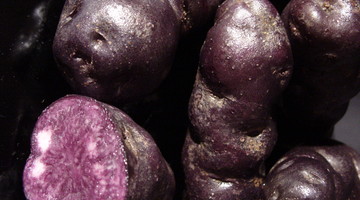
New Zealand is a nation of potato lovers. We love our spuds, and for many of us, they are a key source of vitamins, minerals and phytochemicals. We’re also very efficient potato growers – growing ...
READ MORE
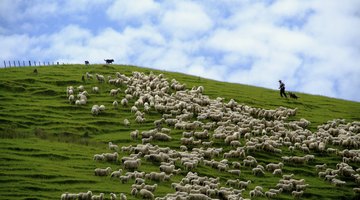
In this activity, students measure the pH of soil collected from a paddock. This will be used to estimate the amount of agricultural lime needed to promote good grass growth. By the end of this ...
READ MORE
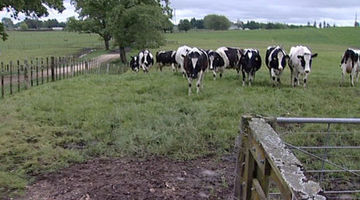
In this activity, students explore ethical issues related to farming and environmental pollution. They learn about the science involved and the range of perspectives among stakeholders. By the ...
READ MORE

Students use a three-level reading guide strategy to locate, interpret and apply the information to consider the role of research in finding easy care sheep traits. Purpose Students engage with ...
READ MORE
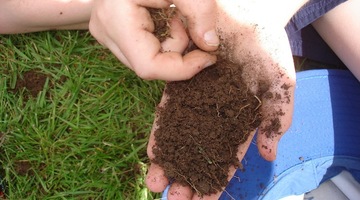
Earthworms are useful indicators of soil health. This project aims to capture information on earthworm abundance and species distribution throughout New Zealand. Information provided will be used ...
READ MORE
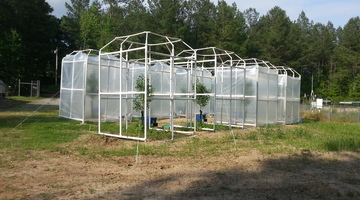
By comparing some features of fossilised plants with the same features of plants living today, scientists hope to be able to learn more about the effect of changing carbon dioxide (CO2) levels in ...
READ MORE

iNaturalist logs hundreds of thousands of photos of flora, fauna and fungi. There are even sound recordings too. Each is described and geo located. iNaturalist is used by citizens and scientists ...
READ MORE

Students investigate silage production and test a stream to see if run-off from silage is polluting it. Students then produce a pamphlet of their findings to educate the community. Purpose To ...
READ MORE

Introduced plant species – friend or foe? This might depend on who is answering the question. Over 25,000 exotic plants have been introduced to Aotearoa New Zealand. Some of these are highly ...
READ MORE
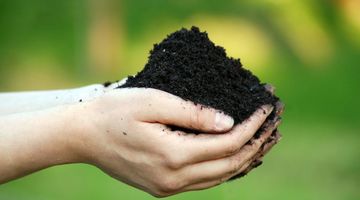
Soil – it’s much more than dirt. Soil keeps us alive. Without soil, we would be hungry, thirsty, naked, homeless and breathless. Soils differ from location to location and are a range of colours ...
READ MORE
New Zealanders are a nation of potato lovers. We also have a thriving export market for our potatoes. Unfortunately, the tomato/potato psyllid pest is costing our commercial potato industry ...
READ MORE
Tāhuri Whenua supports Māori growing taewa and other traditional Māori crops such as kūmara and kānga. Regular hui bring the growers together to share information and resources. This is helping ...
READ MORE
Professor Simon Kingham, from the University of Canterbury, discusses how air pollution can be made up of many components. The size and amount of particulates in the air can give a measure of the ...
READ MORE

An interactive showing the main components of the terrestrial nitrogen cycle. Select one of the buttons to find out more. Go here to view the full transcript and copyright information.
READ MORE

This timeline explores the history and science of mammalian pest control in New Zealand. A full transcript is underneath the timeline.
READ MORE
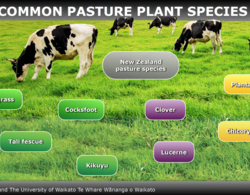
New Zealand dairy farming is pastured-based. Discover a few of the commonly used plant species.
READ MORE